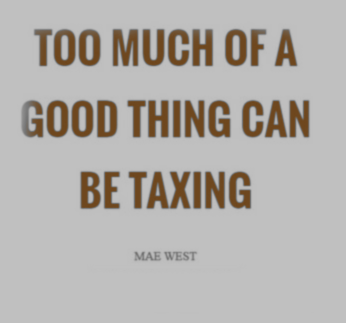

BACK when I was writing and (peer) reviewing papers we used to joke about papers with dozens of authors. Surely it's impossible for all of them to have actively participated in the research and the typing of a paper, but it was mutually agreed that one person would enlist everyone else as "author" and others would recipricate, artificially inflating people's citation score (as measured by number of papers authored or co-authored). Nowadays it's quite rare/hard to find published academic work with just one author on it. It was a lot more common the past, but perhaps with scoring mechanisms becoming digitised and easy to game/rig (knowing the formula) practices have generally 'evolved' to help one get promoted.
"Nowadays it's quite rare/hard to find published academic work with just one author on it."Just like what happens in academia/scholarly papers, people now game the patent system by throwing lots of names ("the whole Office" is what we used to call that) into patent applications (like paper "submissions") and there may therefore be an illusion of greater participation. People are inflating their egos by having their names 'slapped' onto more and more patents, whose overall number (patents granted per year) rises as well.
"Back in the 1970s and 1980s," Crouch notes, "most patents listed only a single inventor. Since then, the percentage of one-inventor patents has steadily dropped while larger teams (3+ inventors) have flourished."
"Some CEOs of very large companies, such as Steve Jobs (extremely unlikely to have participated in drafting of patents), get listed in perhaps a thousand patents."The graph is quite telling. It also explains a lot. Some CEOs of very large companies, such as Steve Jobs (extremely unlikely to have participated in drafting of patents), get listed in perhaps a thousand patents.
Another new chart from Crouch "shows the percentage of issued utility patents that claim priority back to a prior U.S. patent application – either a prior non-provisional (via continuation, continuation-in-part, or divisional application) or to a provisional application. Data goes through May 31, 2018."
Last year we explained how law firms reusing texts and broadening their templates over time would likely mean an increase in the number of cited patents, cases etc. The 'maturity' of many patents is likely 'faked' to some degree; a lot of that is a copy-paste job. They conflate/mistake quantity for quality, failing to realise (or deliberately ignoring the fact) that information overload merely discourages the reader and therefore devalues the whole.
"Last year we explained how law firms reusing texts and broadening their templates over time would likely mean an increase in the number of cited patents, cases etc."This isn't intended to generally bash the patent system but merely to point out that there's a real problem which needs tackling. To demonstrate just how bad it has gotten (overwhelming examiners for sure), IAM now speaks of an EPO patent application that is almost a thousand pages long (which reminds us of Microsoft's bogus 'standard', OOMXL, with over 6,000 pages). What is this? A joke? One heck of a copy-paste job? "What is quite possibly the longest patent application ever submitted continues on its merry way to grant," IAM wrote, saying that "Ericsson has recently received a positive international preliminary report on patentability from the European Patent Office on a PCT filing submitted last year that describes a detailed 5G architecture reading on a wide range of applications with varying requirements and characteristics. It purports to set out higher bandwidth, lower latency, better reliability, longer battery life and less interference than anything contained in the prior art."
How is an examiner even supposed to assess such a thing? We heard similar stories from the USPTO (and covered these), but now we see this in Europe as well. Patents are not books (saturating the index/search results) and examiners oughtn't be shy to reject patents based on length. Concision matters. ⬆